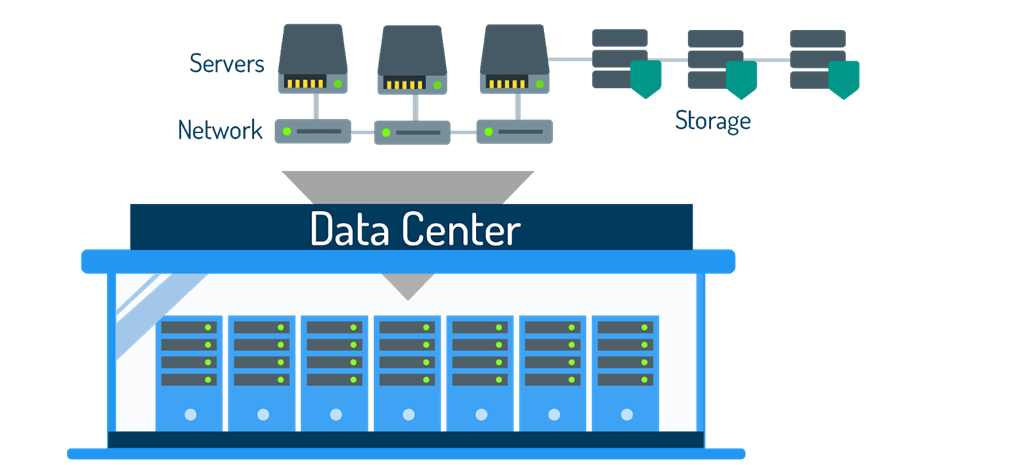
Software-Defined Datacenter
One of the challenges of information technology is the number of single-purpose servers. Apparently, increasing the number of servers is not a big challenge, but in the organization developing process, it imposes costs. Costs such as hardware maintenance and support, UPS supply, cooling equipment, server storage, and the increase of system management experts persuade managers to accept integrate servers as a principle and implement data centers based on software as an effective solution.

By data center virtualization, Downtime is eliminated as one of the most obvious risks to Service Providers performance in Availability and Fault Tolerance, and the possibility of transferring service, processing, as well as allocating resources and moving a virtual machine from one host to another dynamically , has simplified also Disaster Recovery thanks to virtualization technology has also made significant progress and has met the needs of organizations on a large scale for the sustainability of services.
What is software-based data center?
In the architecture of software-based data center, in order to accomplish the virtualization process and automation of server, network, storage and management functions across the data center, with the help of the current hardware, it is used a convergent hypervisor. Therefore, the function of resources is improved.
There are four types of classification in data center virtualization: “storage-based, network-based, server-based, desktop (VDI)”.
Server-based: The physical essence of servers, including the number and identities of servers, processors, and operating systems, is hidden from the software running on them.
Network-based: The combination of resources in a network and the distribution of available bandwidth into independent channels that have the ability to be allocated to specific servers or devices at a time.
Storage space-based: Combines physical storage spaces with the storage spaces of devices on the network so that it acts like a unified storage device.
Desktop (VDI): Virtual desktops replace older PCs (running on data center s servers). With this technology, Administrators can prepare a new desktop in a few minutes and provide the user with a personal desktop environment without the need to share programs or retraining.
In the implementation of Software Define Data Centers (SDDC), organizations benefit from many features, each of which creates many facilities and capabilities for organizations.
Optimal use of hardware resources
Ability to distribute loads on hosts and storage equipment
Separation of virtual machines
No dependence of virtual machines on hardware resources
Error tolerance and Downtime of servers
Determine the access levels of users and administrators to the implemented infrastructure
- HA) High Availability)
- FT) Fault Tolerance)
Simplicity in implementing Disaster Site structures
Ability to implement High Availability in the Application layer
Simplicity in backing up virtual machines
Ability to return servers to service mode as soon as possible in the event of a problem
Virtualization at the Storage Equipment Layer
Virtualization in the infrastructure equipment layer
Network layer virtualization
Implement Desktop Virtualization